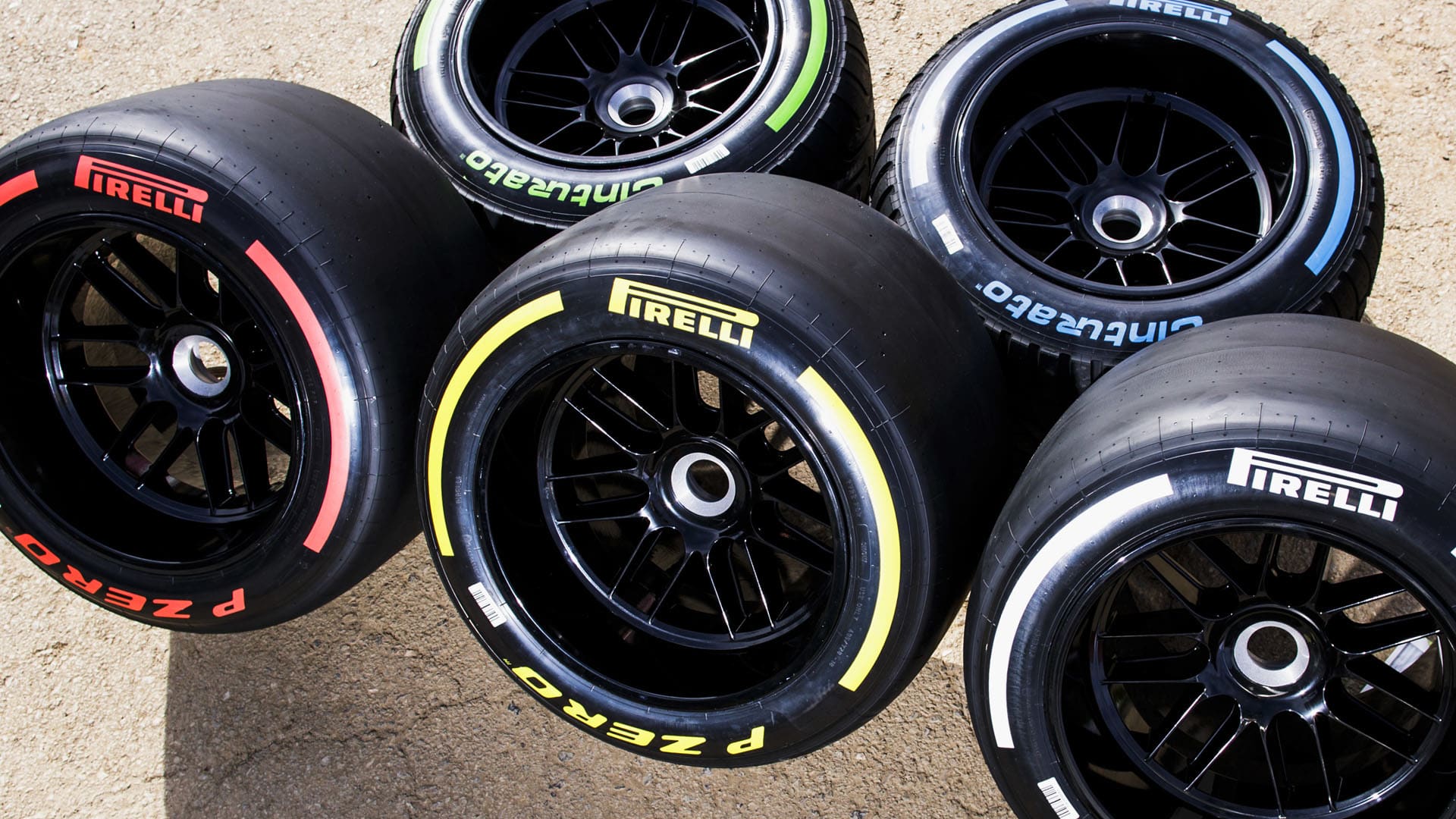All Categories
Featured
Table of Contents
The Michelin used a comfy driving experience, characterised by responsive guiding and a dynamic understeer equilibrium. Regardless of the cooler testing problems, Michelin's constant time and hold over 3 laps suggests its suitability for real-world applications. Alternatively, Yokohama's efficiency was distinct. While its super-quick guiding led to a quick front axle turn, the rear showed a tendency to turn much more.
Another notable element was Yokohama's warm-up time. The tire's initial lap was a second slower than the 2nd, pointing to a temperature-related hold rise. This suggests the Yokohama could radiate in dry, race-like problems. Nonetheless, for daily use, the Michelin could be a more secure wager. Successor was the Hankook.
Top High-quality Tyres Near Me – Bayswater 6052 WA
It shared Michelin's safe understeer equilibrium but did not have the latter's desire to transform. Continental and Goodyear's performances were remarkable, with Continental's brand-new PremiumContact 7 showing a considerable enhancement in wet problems compared to its precursor, the PC6. This version was far less conscious load changes and acted much like the Michelin, albeit with a little less communication at the restriction.
It incorporated the safe understeer equilibrium of the Michelin and Continental with some sporty handling, confirming both predictable and fast. As an all-rounder for this Golf GTI, Goodyear's Crooked range was the standout, showing remarkable performance in the wet. Lastly, the Bridgestone Potenza Sporting activity took the crown as the fastest tyre, albeit by a little margin.
This tire got grippier as it warmed up, similar to the Yokohama. Motorists seeking an amazing damp drive could discover this tyre worth thinking about. The standout entertainer in damp stopping was the newest tyre on examination, the PremiumContact 7, though the outcomes are nuanced. We carried out damp stopping tests in three various methods, twice at the brand-new state and when at the used state.
Leading Tyre Warranty Near Me ( Bayswater)
Preferably, we desired the cool temperature examination to be at around 5-7C, but logistical delays suggested we checked with an average air temperature level of 8C and water at 12C. While this was cooler than conventional test conditions, it was still warmer than real-world problems. The cozy temperature examination was done at approximately 18C air and 19C water.
The 3rd run included wet braking examinations on worn tyres, specifically those machined down to 2mm with a tiny confrontation. While we planned to do more with these used tyres, climate restrictions limited our screening. Nonetheless, it deserves noting that wet stopping is most crucial at the used state, as tyres normally improve in completely dry conditions as they put on.

Bridgestone, Goodyear, and Michelin saw the least efficiency reduction when put on. The Hankook tire registered the smallest efficiency drop as temperatures cooled, however it was amongst the most influenced when used.
Car Tyres – Bedford WA
The take-home message below is that no solitary tire mastered all elements of damp braking, showing an intricate interaction of aspects affecting tyre performance under different problems. There was a standout tire in aquaplaning, the Continental completed top in both straight and rounded aquaplaning, with the Michelin and Goodyear also extremely excellent in deeper water.

Yokohama can gain from a little even more hold, a problem possibly affected by the cooler conditions. When it comes to dealing with, all tyres carried out within a 2% range on the lap, demonstrating their premium efficiency (Wheel balancing). However, considering these tyres basically target the very same customer, it interests observe the significant differences in feel.
The surprise is because the PremiumContact 6 was one of my favourites for flashy completely dry drives, but its successor, the PremiumContact 7, seems much more fully grown and resembles Michelin's performance. Among these, Hankook was the least exact in guiding and communication at the restriction. Tyre rotation. Both Michelin and Continental provided lovely first guiding, albeit not the fastest
If I were to advise a tire for a rapid lap to a newbie, claim my dad, it would be just one of these. We have the 'enjoyable' tyres, particularly Yokohama and Bridgestone. Both were speedy to steer and really felt sportier than the others, but the compromise is an extra spirited back end, making them much more tough to manage.
Affordable Tyre Care Near Me
It provided similar guiding to Bridgestone yet offered much better comments at the limit and far better hold. The Bridgestone Potenza Sport, however, seemed to degrade fairly quickly after just 3 laps on this demanding circuit. There's Goodyear, which placed itself someplace between the fun tires and those often tending in the direction of understeer.
All in all, these tyres are outstanding entertainers. In terms of tyre wear, the method made use of in this test is what the industry refers to as the 'gold requirement' of wear.
Both the Bridgestone and Yokohama tires substantially underperformed in contrast to the various other 4 tyres in terms of rolling resistance, with Continental somewhat outmatching the rest. Regarding the comfort degree of the tires, as prepared for, many demonstrated an inverted relationship with handling. The Continental, Michelin, and Goodyear tyres carried out ideal across numerous surface area kinds tested.

Bridgestone started to show indicators of firmness, while Yokohama was specifically rough over holes. We did gauge internal sound levels; however, as is often the situation, the outcomes were carefully matched, and because of weather restraints, we were unable to conduct a subjective evaluation of the tyres noise. Lastly, we considered abrasion numbers, which gauge the amount of tire step lost per kilometre, normalised to a one-tonne lorry.
Wheel Alignment Services Near Me
This figure stands for the quantity of rubber dust your tyres generate while driving. Michelin led in this classification, producing over 9% much less rubber particle issue.
Latest Posts
Trusted Tyre Inspections
Top Long-lasting Tyres Near Me – Dayton WA
Leading Tyre Performance Near Me